Forex, foreign exchange, FX — they all refer to the trading of, or exchange of, one foreign currency for another. While the practice began simply as one of many routine banking mechanisms, it has recently evolved into a speculative market — that is, some people and institutions trade currencies strictly to make money.
The Advent Of Forex Markets
From the 19th century until World War I, the economically developed nations of the world adhered to the gold standard. To simplify a complicated issue, a nation’s wealth depended on how much gold it possessed, because the currency of any nation on the gold standard had a set value relative to gold. The British pound, for example, was fixed at the equivalent of 113.00 grains of pure gold, while the US dollar was fixed at 23.22 grains. This meant that a nation could only issue the total amount of currency that it could back with its gold reserves. In practice, some nations held a combination of gold and other currencies also backed by gold, but the end result was the same — a limit on its total currency in circulation. You may have already realized that such limits on a country’s currency also limit its government spending. This is precisely why World War I caused a breakdown in the gold standard system.
Wars are expensive, and since the Great War (as it was then known) involved most of the world’s developed nations, it became necessary to spend vast sums on armies, navies, weapons, and warfare. The only way to accomplish this was to decouple currency and gold reserves. After the war ended, a few nations returned to the gold standard briefly, but most did not. Then came another war, which left the developed world (except for the US) in shambles. Out of World War II came the Bretton Woods agreement, which created an international currency system tied not to gold but to the US dollar. In other words, other currencies would have their values determined in relation to the US dollar. However, the US pledged to make its own currency exchangeable for gold, so an indirect gold standard remained in effect.
Economic realities of international trade and the costs of the Vietnam War eventually made the linkage between gold and the US dollar untenable. On August 15, 1971, President Richard Nixon unilaterally severed that linkage, announcing that the US would no longer exchange dollars for gold. It took a few years for the global economic system to adjust to this new reality, but what eventually replaced Bretton Woods was a system of managed floats. Theoretically, currencies change value, or float, freely relative to each other in the marketplace. In practice, the various central banks step in to moderate the value of their respective currencies should those values grow too strong or too weak. Both cases have negative economic consequences for a national economy. The emergence of this system of floating-value currencies is what permitted the creation of the modern forex marketplace.
Currency Pairs
Because the forex marketplace is all about the value of one currency relative to another currency, all forex trading takes place in currency pairs. Today, seven currency pairs represent about 85% of all forex trades:
- Euro vs. US dollar (EUR/USD)
- US dollar vs. Japanese yen (USD/JPY)
- British pound vs. US dollar (GBP/USD)
- Australian dollar vs. US dollar (AUD/USD)
- US dollar vs. Swiss franc (USD/CHF)
- US dollar vs. Canadian dollar (USD/CAD)
- New Zealand dollar vs. US dollar (NZD/USD)
If you study this list for a moment, two things will become clear. One is that the countries shown here represent some of the world’s largest economies. Major countries like Germany and France use the euro, and although China’s yuan technically floats, in truth, the Chinese government closely manages its value. The other is that the US dollar is part of every one of these seven major pairs, making it the most traded currency worldwide.
Suggested Books and Courses About Forex and Stock Trading
The reason these seven pairs are the majors is simple: economic power. Consider the contributions each represented country made to total global economic output in 2010:
- European Union: 26%
- United States: 23%
- Japan: 9%
- United Kingdom: 4%
- Canada: 3%
- Australia: 2%
- Switzerland: 1%
Together, these seven countries generated 68%, or two-thirds, of the world’s economic activity! And as you’ll see later in this series, currency value and economic strength are intimately related. Of the majors, three pairs represent about half of all trading activity: EUR/USD at roughly 27% of trading volume, USD/JPY at about 13%, and GBP/USD at about 12%. Obviously, the world has far more than just seven currencies, many of which can be traded, and these make up what are called exotic currency pairs. Matched against the US dollar, these currencies represent countries that are smaller players in the grand economic scheme of things.
As you’ll see when we discuss the nuts and bolts of currency markets, the exotic pairs are riskier and much more expensive to trade. Here are some examples:
- USD/TRY: Turkish lira
- USD/SEK: Swedish krona
- USD/SGD: Singapore dollar
- USD/ZAR: South African rand
- USD/MXN: Mexican peso
- USD/HKD: Hong Kong dollar
- USD/THB: Thailand baht
Finally, there are currency pairs that do not include the US dollar. Since these cross two foreign (for US traders) currencies, they are known as crosses. Following are just a few examples:
- Euro vs. British pound (EUR/GBP)
- Canadian dollar vs. Japanese yen (CAD/JPY)
- Australian dollar vs. Swiss franc (AUD/CHF)
- Euro vs. Japanese yen (EUR/JPY)
- British pound vs. Swiss franc (GBP/CHF)
- Swiss franc vs. Japanese yen (CHF/JPY)
You probably get the idea; it’s possible to match any two non-USD currencies to get a cross. As long as they represent two major currencies, trading costs won’t be unreasonable.
The Almighty Dollar
Between the majors and the exotics, the dollar is involved in the vast majority of currency trades worldwide. If you’re wondering why this is the case, that’s an astute question. As it happens, no single factor accounts for this dominance. One reason is the lingering effect of Bretton Woods. For a quarter-century after World War II, the US dollar was the official reserve currency, and that didn’t change with the flick of a switch even after Nixon locked and barred the gold exchange window at the US Treasury.
Another has to do with stability. While the American economy has its ups and downs like any other, overall it is stable and well-managed. The US also does not have problems with political instability or violence, like coups or civil wars or border conflicts, which contributes tremendously to economic stability.
The greatest benefit of this massive trading volume can be summed up in one word: liquidity.
Directly related to the stability of the American economy is its size. US businesses engage in economic activity around the world, and that means many different currencies have to be exchanged to and from dollars. Coca-Cola, for example, has to trade dollars for pounds to pay wages or vendors for its operations in Britain, and trades pounds for dollars to bring its profits home.
The size of the economy also translates to massive financial markets. People and institutions in countries around the world want to trade in the US markets, and to do so they have to have dollars. Finally, many major commodities are traded only or mostly in dollars. Oil is foremost among them, thanks to an agreement with Saudi Arabia that was inked in the 1970s. One consequence of this linkage is that when the US dollar is weak (that is, less valuable against other currencies), oil becomes more expensive in absolute terms — dollars per barrel.
Market Basics
The global forex market is massive. Daily trading volume is currently equal to about $4 trillion — and again, that’s daily volume. By comparison, the US gross domestic product (GDP) for all of 2010 was $14.5265 trillion, and the McKinsey Global Institute reported that at the end of 2010, global equity (stock) market capitalization and outstanding bonds and loans represented about $212 trillion. In other words, the world’s total financial value changes hands on the forex markets every 53 days.
Most of this trading volume comes from governments, central banks, private banks, multinational corporations, and institutions that are moving money for financial reasons, not for speculative reasons. But regardless of the source, the greatest benefit of this massive trading volume can be summed up in one word: liquidity. Some investments are more liquid than others. If you own land or a house, you can sell it, but doing so will probably take weeks or months. If you own a Picasso or Renoir painting worth millions, you can sell it too, but doing so could take even longer. That’s because everyone needs a place to live, though not everyone has the funds, or can secure a loan, to buy a house, but a rare painting has value to a small group of people (and even fewer have the millions needed to pay for it).
Neither real estate nor collectible art is considered a liquid asset in that they cannot readily be exchanged for cash. Certain assets, like stocks or commodities, are much more liquid, since there is more demand for them and they can be sold fairly quickly. But keep in mind that some stocks are more liquid than others.
If liquidity is a measure of how quickly something can be exchanged for cash, currency is cash! Of course, it’s not necessarily the currency that a trader wants. But the tremendous amount of currency changing hands every day means there are plenty of buyers and sellers in the market, and that means a high level of liquidity. This is part of what makes trading exotic pairs riskier — liquidity is much lower for low-demand currencies than for the majors, in the same way that IBM or Apple stock is more attractive than penny stocks.
Their Nature
The last aspect of the markets that you need to understand is their nature. For investors accustomed to equity markets, the notion of a central marketplace is almost second nature, reinforced by images in the business news media of the trading floor of the New York Stock Exchange. As it happens, even most equity trading now takes place purely electronically. But the forex markets have no central trading arena or clearinghouse.
Instead, currency traders sell directly to one another, a market system called over the counter. Unlike a stock exchange, which has a uniform set of rules for buying and selling the stocks listed there, each currency’s home country has its own rules and regulations governing the movement of money across its borders. For that reason, it’s more efficient for the world’s major banks to act as wholesalers of currency, governing the flows and setting prices. From them, pricing flows to electronic brokering services, which distribute quotes down the chain. Midsized banks act as intermediaries, and it is at this level that most institutional traders (like large companies and hedge funds) trade. Below those smaller banks are retail brokerages serving individual investors. It has really been the advent of the Internet that has permitted individuals to participate in the forex markets. As an individual trader, you are functioning in the cracks of the market, making relatively tiny trades compared to the massive sums of money moved by major players, and it is those players that drive prices, in combination with external factors, of course.
Imran Mukati is the Managing Director of fixed income securities at Fairbridge Capital Markets, Inc.

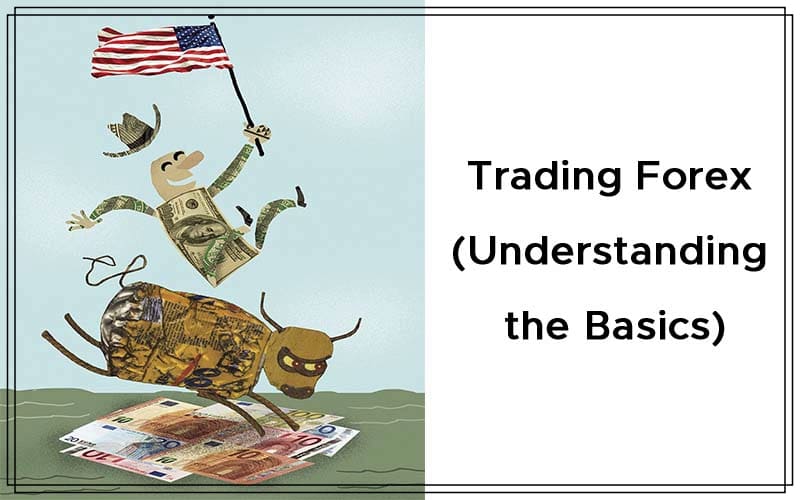
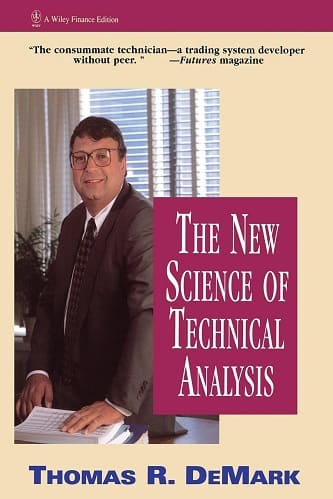
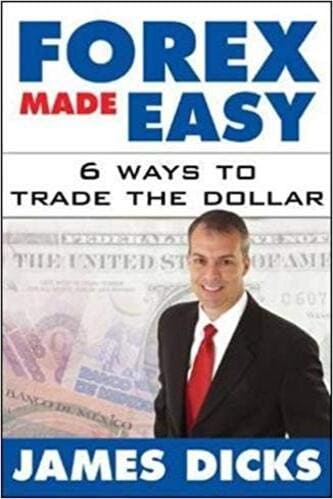
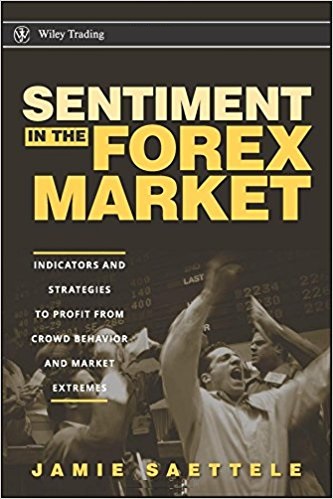
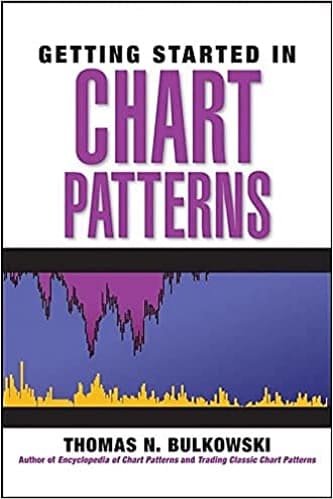
Thanks for ones marvelous posting! I truly enjoyed reading it, you
can be a great author. I will make sure to bookmark your blog and will come back sometime soon.
Hello, I would like to subscribe for this web site to get latest updates, therefore where can i do it please help out.
Helpful info. Lucky me I found your web site unintentionally, and I am stunned
why this accident didn’t happened in advance! I bookmarked it.
I used to be able to find good advice from your content.
Keep this going please, great job!
Great post.
Greetings! I’ve been reading your site for a long time. Just wanted to mention keep up the great job!
Very good article. I am facing some of these issues as well..